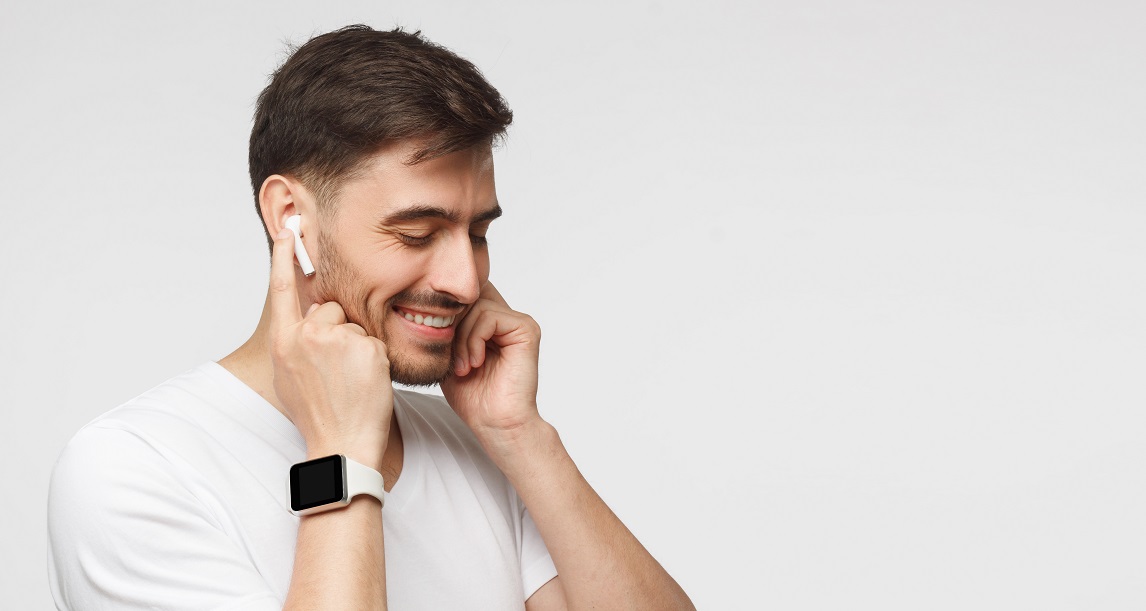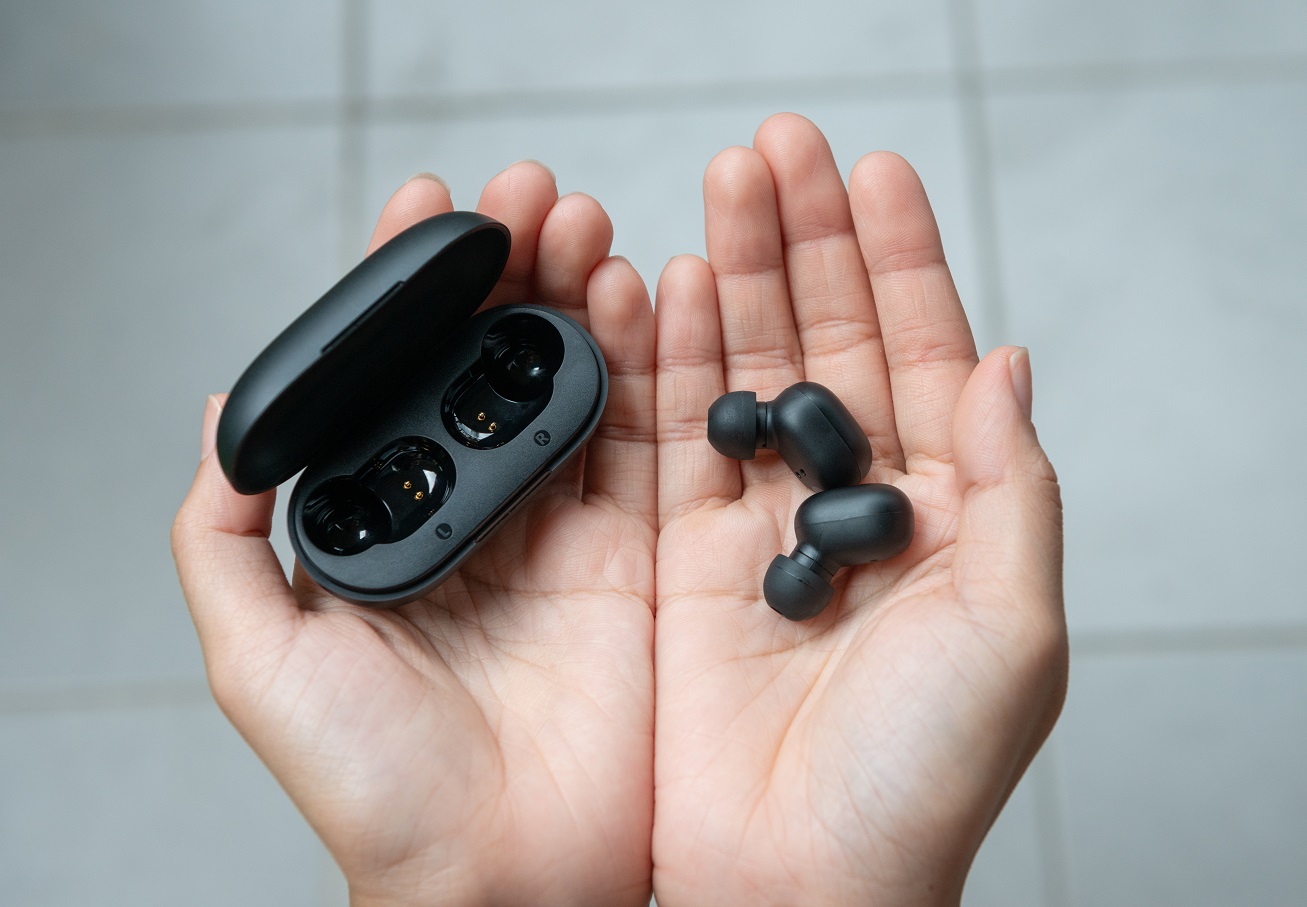
You don’t need to be an audiophile to recognize that true wireless earphones are dominating the audio market right now. In 2015, the first truly wireless earphones were produced and launched by a famous Japanese audio manufacturer named Onkyo. Since then, true wireless technology has continued to evolve. Even though it is still a relatively new concept when compared to physical wires and cords, true wireless earphones are quickly welcomed by consumers who prioritize convenience over price and even sound quality.
What are true wireless earphones?
People who are new to this product may get confused by “wireless” and “true wireless” earphones. Although both of them are connected wirelessly to any given audio source, “wireless” earphones actually have physical cables between the earbuds. To be qualified as “true wireless”, the earphones must totally rely on wireless technology in connection, no physical wires or cords should be used.

Tips of choosing the right pair
1. Battery life
Convenience is the main selling point of true wireless earphones, so battery life is always the top concern. It is true that battery life of true wireless earbuds is gradually getting improved over time, but the average seems to stay around 4-5 hours. You may notice that the total playing time shown on many product packages is much longer than that, because it actually includes charging with the case for 1.5-2 hours in between every use. So, look at the constant/continuous playtime instead.
Another tip for battery life is Bluetooth version. Set your target at Bluetooth 4.2 or above, which operates with Bluetooth Low Energy (BLE). The newer the Bluetooth version, the less is the power consumption.
2. Codecs
As audio files are compressed to ensure smooth transmission through Bluetooth, sound quality is affected. Codecs are compression technologies and are designed in a way to minimize the effect of sound quality. Some common codecs are as below:
a)SBC (sub-banding coding) – it is the universal standard and is nearly present on every Bluetooth device. Delay in transmission may occur, especially during gaming and video playing.
b)AAC (advanced audio coding) – it is a more advanced codec than SBC with better sound quality, and is especially effective for iOS devices. If you are iPhone users, look for earbuds that support AAC.
c)aptX – it is developed by Qualcomm and works well with Android’s devices. It works much better than SBC due to lower latency, so if you do a lot of video watching and gaming on mobile device, aptX is your choice.
d)LDAC – a codec developed by Sony that comes with different bitrates: 990kbps, 660kbps and 330kbps. While LDAC 990kps is great, bear in mind that LDAC 330kbps is actually outperformed by aptX and SBC. Also, not all headphones are LDAC-compatible. Though they are no longer limited to Sony’s products, you should pay attention when choosing your pair.
3. Controls
Most of the products on the market are equipped with click buttons or touch-sensitive pads. Although touch-sensitive control is more prevalent today, some people still prefer the physical click buttons because they are less likely to be pressed accidentally.
Control pads offer great convenience as they allow you to skip a track, control volume, give voice commands and take phone calls. Some models can even pause automatically when you pull out one earbud while listening to music.
4. Noise cancellation
Some true wireless earbuds come with noise cancellation function to enhance listening experience.
A common noise cancellation technology in true wireless earphones is active noise-cancellation (ANC). It works by using microphones to pick up background noise and then creating inverted soundwaves to neutralise it. ANC can reduce noise by about 30dB and mainly focus on low-frequency sounds.
Today, many earphones also come with Hear Through technology. It allows users to control how much background noise can get in without taking off the earbuds. Besides convenience, it also provides a safe listening environment for people while exercising, walking around or working.
When using noise cancelling function, you need to bear in mind that it will cut short your listening time because of increased battery consumption.


